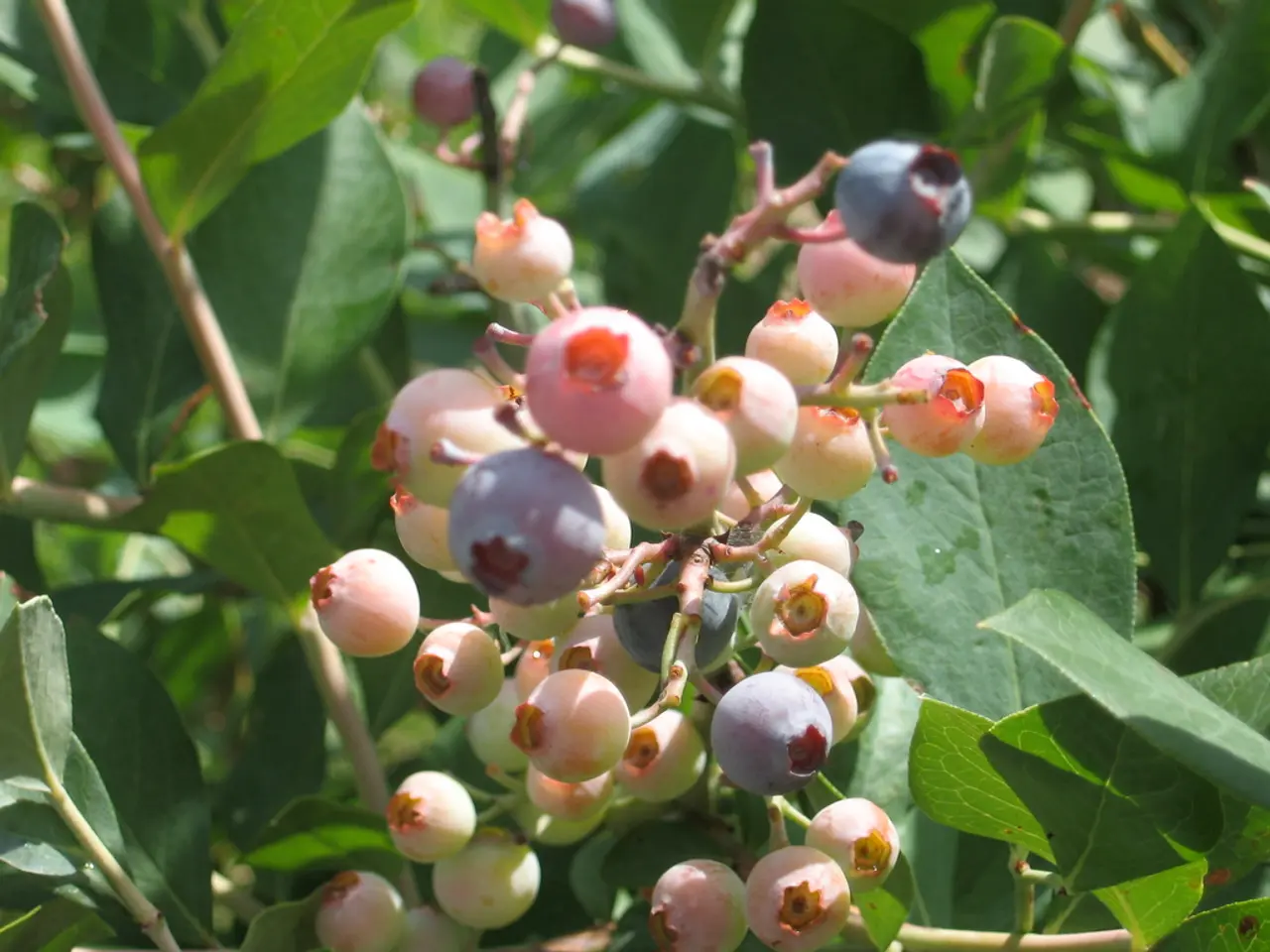Unlock the Secrets of Successful Gardening: A Guide to Perennial Fruits and Vegetables
Discover the secrets of successful gardening with our guide to perennial fruits and vegetables. From raspberries to rhubarb, we explore the unique growth habits and care requirements of these long-lived plants.
Raspberries, while growing on biennial canes, have perennial root systems. They require trellis support and produce fruit on second-year canes. Similarly, rhubarb is a perennial fruit, but its stalks should not be harvested until the second season for optimal growth.
Asparagus, a popular perennial vegetable, thrives in full sun and moist, well-drained soil. Plant asparagus crowns 6 to 8 inches deep in early spring, avoiding harvest in the first year to allow the plants to establish strong root systems.
Other perennials include grapes, which are vines requiring sunny locations, trellis training, and annual pruning. Blueberries, too, are perennials, but they require acidic soil and cross-pollination with two varieties for fruit production.
For those interested in wild foraging, ostrich fern fiddleheads can be harvested in early spring but must be cooked for at least 10 minutes before consumption. Ramps, or wild leeks, are North American natives that need time to mature before harvesting.
Perennial fruits and vegetables, such as raspberries, rhubarb, asparagus, and grapes, offer long-term yields with proper care. Understanding their unique growth habits and requirements ensures a bountiful harvest year after year. Happy gardening!




